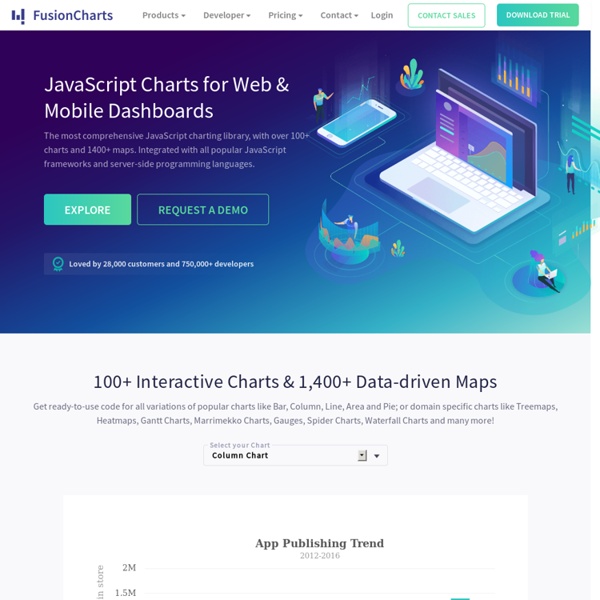



Avoid Microsoft Software WGA Checks » gHacks tech news I published a guide some days ago that explained how you can download software from Microsoft's Download Center without having to pass Windows Genuine Advantage (WGA) checks. Several users who tried the method ran into issues after successfully downloading the programs to their systems as a second check was performed during installation of said programs on the local system. The problem here was that the software would not install if the check during installation failed, and there was seemingly no option to prevent the check from being executed during installation of the application on the local system. You can use a program like MuBlinder to bypass the checks on the local system as well. Update: The program MuBlinder has not been updated since 2010, which is an indication that it may not be working anymore with newer or updated versions of the Windows operating system. Some users however are reporting that MuBlinder is still working properly. Update: The program is no longer available.
Official muBlinder Page - P2Plife Forums Spiziuz, on Sep 8 2006, 11:42 AM, said: Major changes in v. 3.0! Gratz with the release, its really cool! The new Blinder-Patch feature is really cool, and ads loads of possibilities to the program! M$ will rip their hair of their head when they see this new program! Thanks, specially for catching the wrong file I uploaded early on ŊŊŦ~ĐẴ, on Sep 8 2006, 11:11 AM, said: DUUUDE.....WarXchild.....you rule......microcrack....er....I mean microshaft.....er.....microsoft is gonna have fun....lol.Oh....and by the way....if you need a test dummy for that proxy problem....you know...with the code that MGA sends when relayin to the site.....just let me know....I've got a few tricks up my sleeve that I've been dyin to try out.....just give me the run-down on the details on it if you can (or want to) and I'll come runnin, lol. Thanks DA. Dont worry, havent used it since then. Quote Oh....another thing.....MuBlinder is in VB, is it not? Will keep your offer in mind, thank you.
Javascript Sound Kit Natural Docs Essential bookmarks for web-designers and webdevelopers | CSS, C For more useful and inspiring content related to design and web-development visit Smashing Magazine — a magazine dedicated to web design and development. If you think this web-project is useful, please consider making a donation using the button "Donate via PayPal". Support the further development of the project! updated/SaturdayJuly26th Although the "pocket edition" of Web-Dev-Bookmarks wasn't officially released one week ego, it has already been tagged, linked and bookmarked by thousands of users. updated/MondaySeptember19th Since the project "Web-Dev-Bookmarks" was slashdotted, digged, furled, mentioned on Del.icio.us, Stumble Upon, 456bereastreet, CSS Beauty, Lifehacker, remarked by Cameron Moll, Jeffrey Zeldman and linked on 1688 pages, it was literally overflooded with visitors and traffic. Over 31,000 users came across "Web-Dev-Bookmarks" over the last 7 weeks, more than 130,000 hits were made. Every donation counts. Please support the project (USD) Please support the project (EUR)
Open Source Alternative - Find Open Source Alternatives to comme Bindows™ Home Ajax Tabs Content script Note: Updated April 8th, 08 to version 2.2. Adds support for expanding a tab via a link on another page and using a URL parameter. Only .js file changed from v2.1 Description: This is a versatile Ajax Tabs Content script that lets you display content pulled from external files inside a DIV and organized via CSS tabs. Here's a quick outline of the script features: Fetch and display an external page (from the same domain) inside a container when a tab is clicked on via Ajax. As you can see, this Ajax Tabs Content script was designed to be much more than look pretty, but usable. Reminder: Due to security limitations, the external pages loaded via each tab using Ajax must reside on the same domain as the script itself. Demos: Demo #1- Basic implementation - First tab shows default, inline content directly added inside container DIV - 2nd and 3rd tabs show external pages fetched via Ajax - 4th tab shows an external page fetched via IFRAME Demo #2- Expanding of arbitrary DIVs on the page enabled